What are the advantages and disadvantages of lithium manganese iron phosphate compared with lithium iron phosphate?
Lithium iron phosphate is a lithium-ion battery electrode material with the chemical formula LiFePO4 (LFP for short), which is mainly used in various lithium-ion batteries. Lithium iron phosphate has an ordered and regular olivine-type structure, in which the lithium ions have one-dimensional mobility. During charging and discharging can be reversibly detached and embedded.
Lithium iron phosphate started earlier, the technology development is more mature, and its core advantages are low price, environmentally friendly, high safety performance, better structural stability, and cycle performance. Disadvantages are poor low-temperature performance and low energy density.
Lithium manganese iron phosphate belongs to lithium iron phosphate and lithium manganese phosphate mixed products, and lithium iron phosphate structure is the same, are ordered and regular olivine type structure.
Lithium manganese iron phosphate and lithium iron phosphate have the same low cost, high safety performance, high thermal stability, pinprick, overcharge not occur spontaneous combustion, long life, and safety without the risk of explosion, it can be said that both lithium iron phosphate and lithium manganese phosphate advantages, but also to make up for the low energy density of lithium iron phosphate short board, so also known as "lithium iron phosphate upgrade ".
Comparison of lithium iron phosphate and lithium manganese iron phosphate parameters
1. The battery energy density is greater and the range is stronger.
The theoretical capacity of lithium manganese iron phosphate is the same as lithium iron phosphate, 170mAh/g; but the electrode potential of lithium manganese iron phosphate relative to Li/Li is 4.1V, much higher than the 3.4V of lithium iron phosphate, and is located in the stable electrochemical window of the organic electrolyte system, compared to lithium iron phosphate by 0.7V, the platform voltage increased by 20%, thus prompting the energy of lithium manganese iron phosphate in the same volume mass density from 578Wh/kg to 697Wh/kg.
2. Lower manufacturing cost.
The main difference between lithium manganese iron phosphate and lithium iron phosphate material dosage is the change in the amount of manganese source required. 0.61kg of the iron source is required per kWh of lithium iron phosphate cathode, while 0.13kg of iron source + 0.38kg of manganese source is required per kWh of lithium iron phosphate cathode.
Defects of lithium manganese iron phosphate
In lithium manganese iron phosphate and lithium iron phosphate comparison, lithium manganese iron phosphate has the following defects.
1, lithium manganese iron phosphate cycle life is shorter, and charging and discharging capacity is poor. Lithium manganese iron phosphate with the addition of manganese elements, the dissolution of manganese will lead to a shorter cycle life, charge and discharge capacity, and poor life.
2, lithium manganese iron phosphate's low electrical conductivity leads to its capacity being difficult to play, and with the electrolyte will occur side reactions leading to its material capacity being difficult to play.
As a practical new type of lithium battery, lithium manganese iron phosphate cathode material battery represents the future direction of battery development. It is the most ideal power battery invented so far.
The future will even become the cheapest power battery, which is one of the core products of the future development of the battery industry. It has unparalleled advantages over other power batteries.

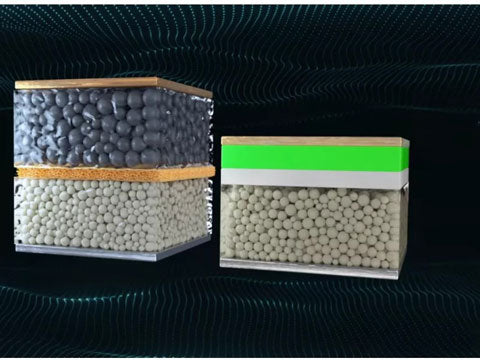
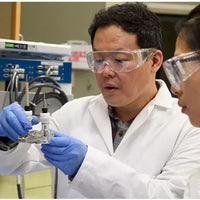
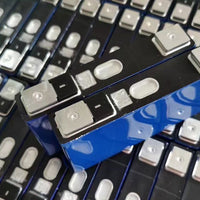
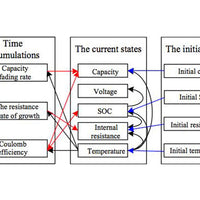
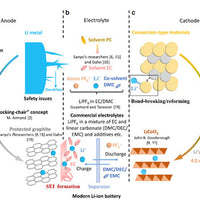
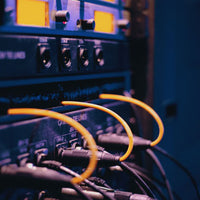
0 comments